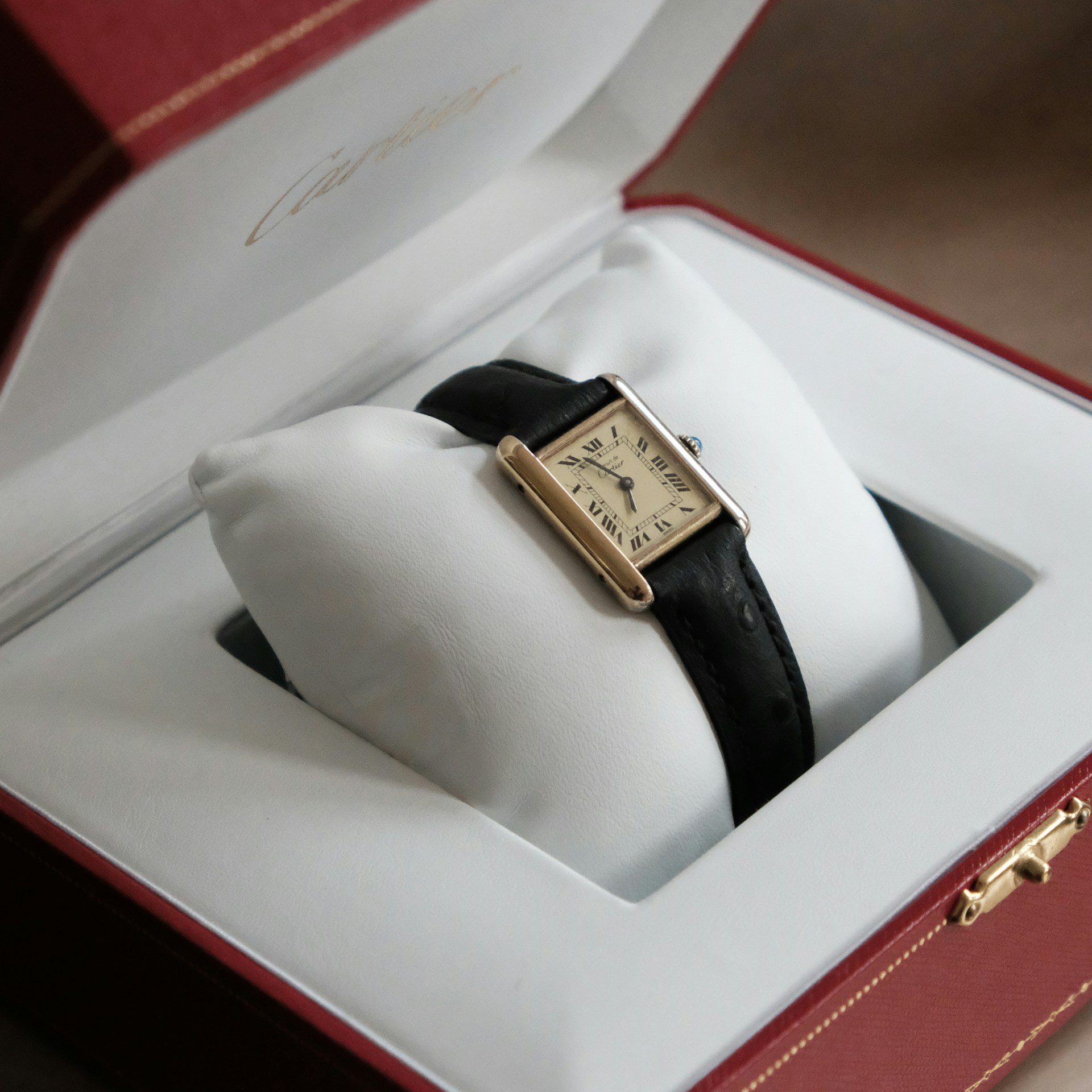Introduction
In the ever-evolving world of retail, the rise of e-commerce has made a profound impact across all sectors, and luxury brands have not been left behind. The advent of online shopping has opened a new frontier for luxury brands to reach their clientele. This article will discuss the impacts, both positive and negative, of e-commerce on the luxury brand market.
Part 1: The Rise of E-commerce
The last two decades have seen a rapid growth in e-commerce, fueled by significant technological advancements and a seismic shift in consumer behaviors. As consumers increasingly turn to online platforms for their shopping needs, luxury brands have been compelled to adapt and find innovative ways to make their products available in the digital sphere. This section will provide a comprehensive overview of the rise of e-commerce, tracing its evolution and its growing influence in the retail sector.
Part 2: The Shift in Luxury Retail
For a long time, the luxury retail model was heavily reliant on physical stores and personalized service. The disruptiveness of e-commerce has toppled this model. Luxury brands have found themselves in the position of having to translate the in-store experience, including the high level of customer service and personalization that customers have come to expect, into the online environment. In this part of the article, we will explore the ways in which luxury retail has shifted in response to the growth of e-commerce.
Part 3: The Opportunities for Luxury Brands
Despite the inherent challenges, the shift to e-commerce has also unlocked a myriad of opportunities for luxury brands. The global reach and 24/7 accessibility provided by online platforms have allowed luxury brands to cater to a wider audience and meet the needs of international customers more effectively. Furthermore, the data gathered from online interactions can provide valuable insights into customer preferences and behaviors, enabling brands to personalize their offerings and enhance their customer service. This section will delve into these opportunities in detail, exploring how luxury brands can leverage them for growth and innovation.
Part 4: The Challenges for Luxury Brands
Nevertheless, the transition to e-commerce is not without its hurdles. Luxury brands face the daunting task of maintaining their exclusivity and luxury image in an online environment. They also have to ensure high-quality customer service in this new platform, and grapple with issues such as counterfeiting and privacy concerns. This part of the article will provide a detailed examination of the challenges that luxury brands have to contend with in the e-commerce environment.
Conclusion
The impact of e-commerce on luxury brands is profound and multifaceted. While it presents challenges, it also offers opportunities for growth and innovation. As the e-commerce landscape continues to evolve, luxury brands will need to continually adapt and innovate to connect with their customers online. This conclusion will summarize the key points discussed in the article and provide an outlook on the future of luxury brands in the e-commerce landscape.






